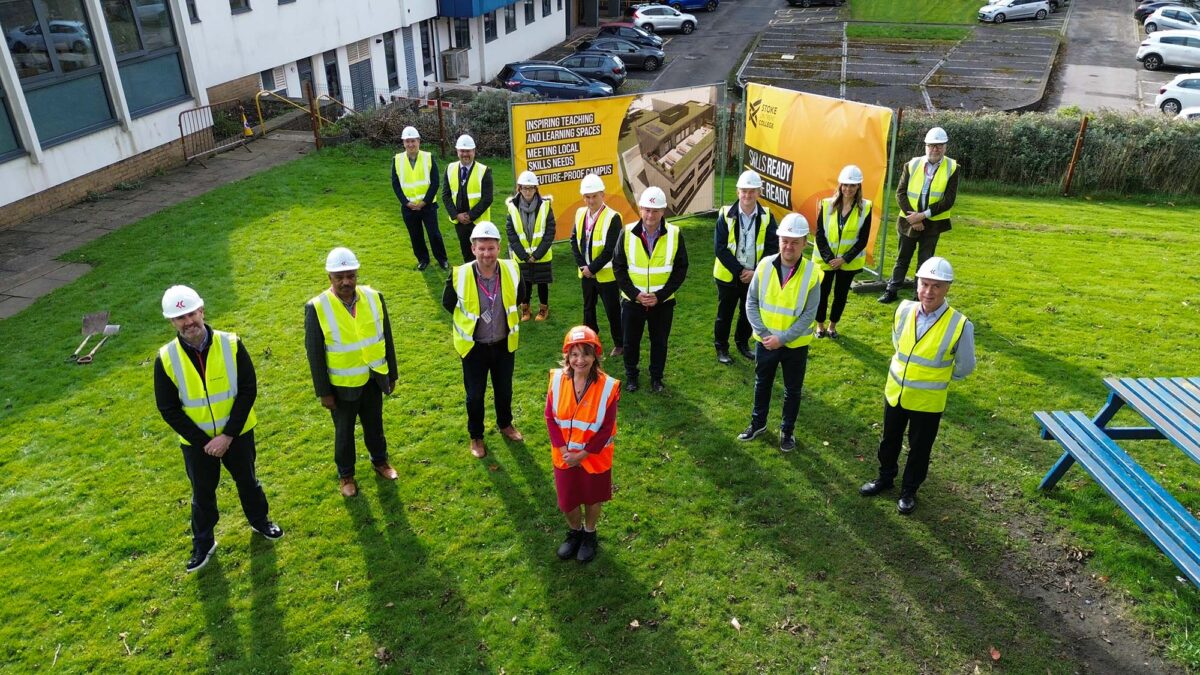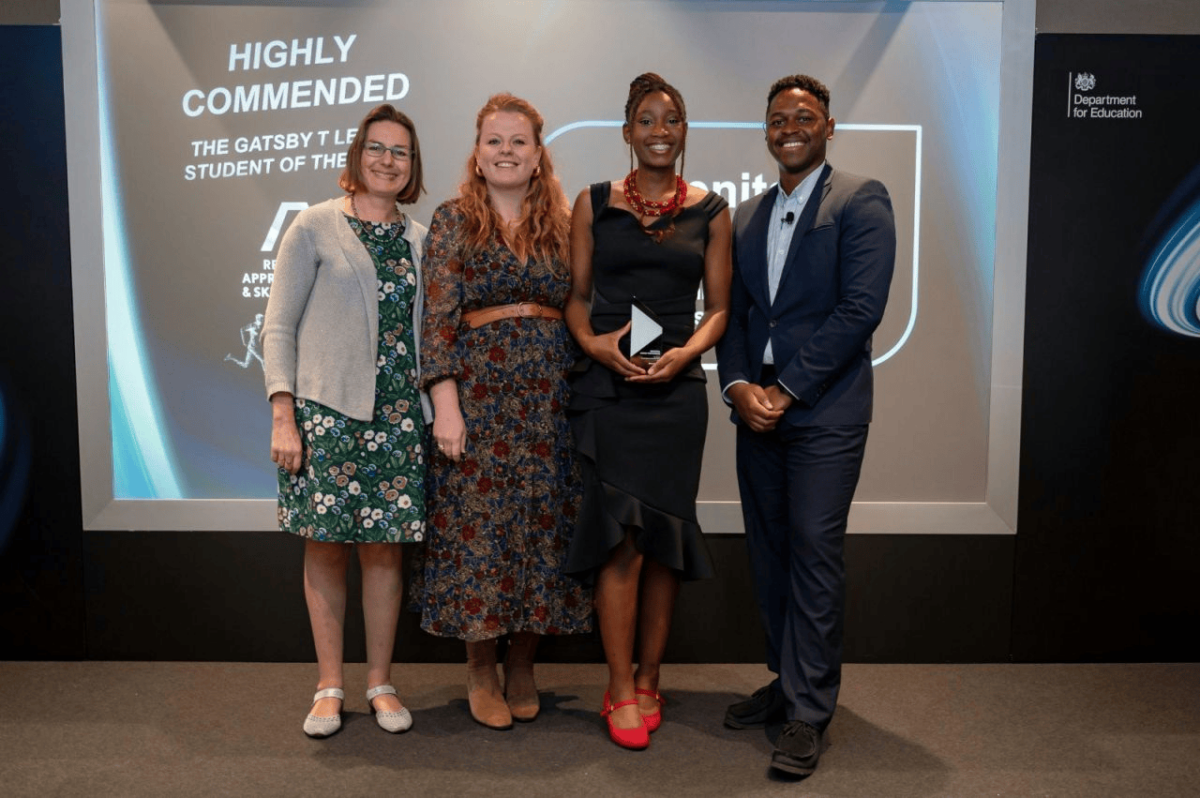How to perfect students’ digital experience on hybrid campuses”

The strained student experience
The world of higher education faces numerous challenges. With the government prioritising funding for secondary schools, universities are struggling with shortfalls. At the same time, heightened student expectations for hybrid learning experiences, intertwined with severe cost-related problems, increased competition, and skill gaps create new challenges for students and staff alike.
The recent, widespread transition to hybrid learning increases demands for efficient technology, forcing universities to make the leap away from the inflexible legacy tech still embedded in many infrastructures.
Universities generate masses of data and face numerous challenges unifying, processing, and intelligently leveraging it – particularly when various disconnected systems and applications proliferate across different campuses. As a result, staff attempting to carry out administrative tasks such as enrolment, course development, and publishing research can face irritating complications such as not being able to find or access key data. This can slow down already time-consuming processes, ultimately hindering the student experience.
The hybrid-state of higher education
The newly emerged hybrid work state has both pros and cons – but how can universities navigate this new environment with any certainty, and use it to their advantage? Some answers lie in the technologies they use: for example, cloud-native and agile data integration platforms help modernise IT systems in a multi-campus environment with heavy reliance on cloud.
The transition to hybridity poses problems for universities due to their historic heavy reliance on legacy tech, as well as their commonly disconnected applications and systems. The patchwork applications that were once used for on-campus teaching are not sufficient to seamlessly integrate data, as they can cause communication problems, and in some cases even translate incorrect or conflicting information. Universities must make it a priority to embrace new integration tech in order to combat the disconnected systems currently hindering the multi-faceted hybrid state of higher education. IT leaders at universities must intertwine their data between mobile, desktop and social platforms if they want to boost productivity and connectivity for all stakeholders.
Integration, collaboration, communication
Stepping away from legacy technology creates a flexible computing infrastructure which is the key to modernising IT in the academic sector. Integration solutions are central to this digital transformation initiative using a single, connected, and seamless platform. Cloud integration applications transfer data in a fraction of the time and cost of middleware or custom coding, thus revolutionising university technology ecosystems.
Connectivity forms the cornerstone of this revolution. Connecting platforms for direct, real-time communication between applications can tackle the ongoing problems with siloed data. This enables people to access information anywhere, at any time, on one trusted platform. In higher education, connectivity will seamlessly facilitate the flow of information and data on demand, to enrich the student portal and boost learning by improving collaboration.
Additionally, low-code and no-code integration technologies save valuable time and ensure all resources are easily trackable for students. This can help with managing menial admin tasks, such as registration, assignments, and financial aid grants, as well as ease the use of virtual classrooms. Low-code/no-code solutions are an increasingly important approach, executing integration and application development without the need for skilled coders, who are in short supply. Low-code integration platforms enable ‘citizen developers,’ meaning those in lower-technical roles, to create and manage their own applications, letting them connect systems easily with minimal support and maintenance, while saving IT teams’ time. As a result, education organisations become more agile and scalable.
The tech that can help: iPaaS and Intelligent Connectivity
Integration platform as a service (iPaaS) is the only harmonious solution for overcoming issues with connectivity, transferring all data in a timely and fluid manner. Low-code, cloud-native iPaaS trumps traditional integration methods by taking mere hours or days to integrate applications and systems, as opposed to weeks or months. Enabling rapid connection to the digital ecosystem decreases disruption and risk, therefore improving the user experience in all aspects.
Additionally, universities can gain meaningful insights through the use of iPaaS systems, using their data effectively to save money, scale-up and focus on higher-value tasks. For example, the University of Sussex deployed integration to maximise its virtual learning capabilities, revitalising teaching overall. With the help of integration systems, the University of Sussex achieved two major outcomes: assessing student portals in real-time and processing over 20,000 records every 24 hours. Now, it can continue its pursuit to become a leading transformational institution.
Integration: The future of educational success
In the current digital age, all sectors must remain up to speed with ever-evolving technology. The higher education sector experienced particularly heavy knock-on effects in the wake of hybrid operations. For this, frictionless connectivity ensures the seamless integration of applications, platforms, and IT systems at every level. By introducing integration solutions, such as iPaaS, alongside low-code/no-code technology, students and teachers alike can place all of their energy on education goals, enriching the overall experience and results.
By Derek Thompson, Vice President of Business Development, EMEA.











Responses